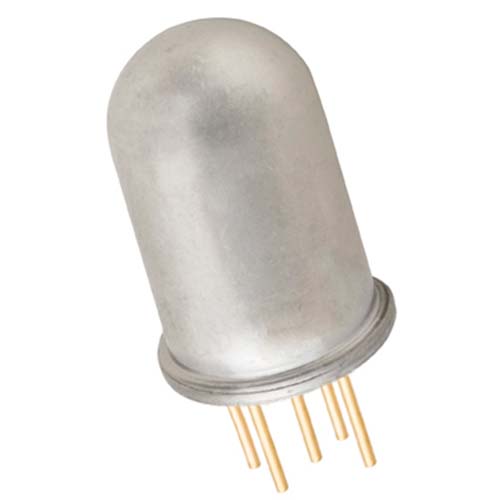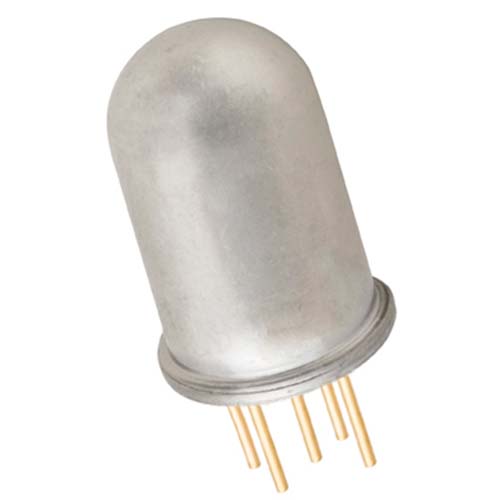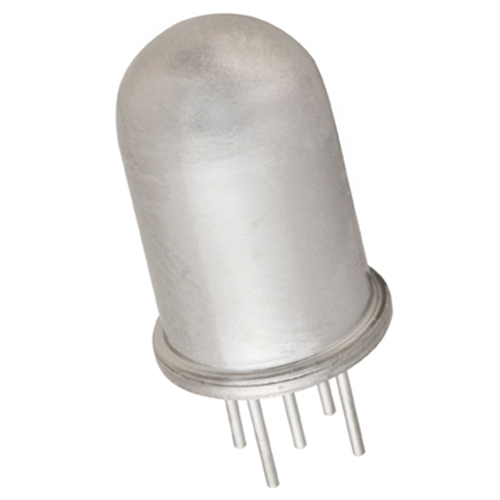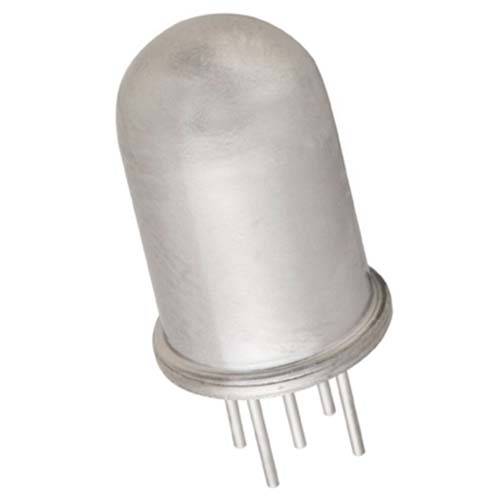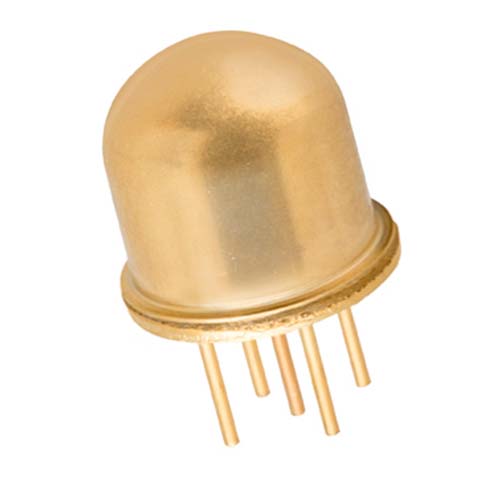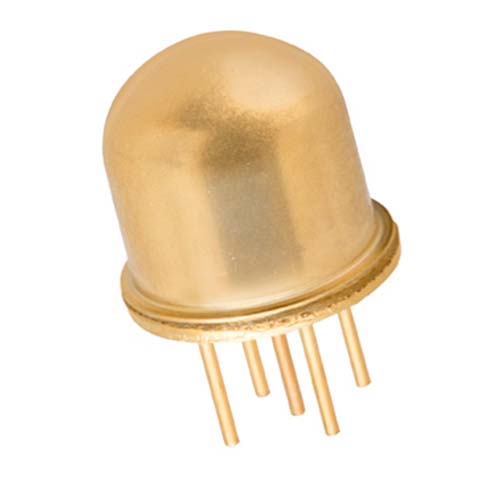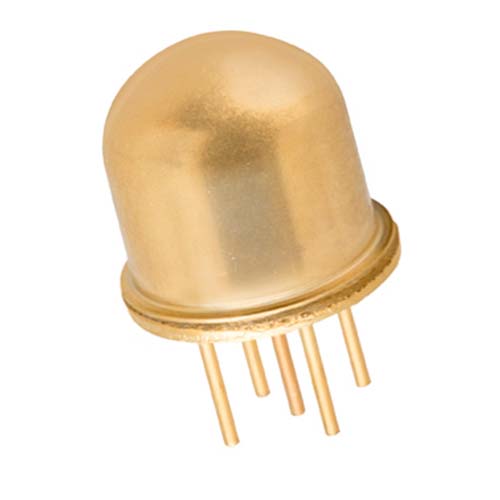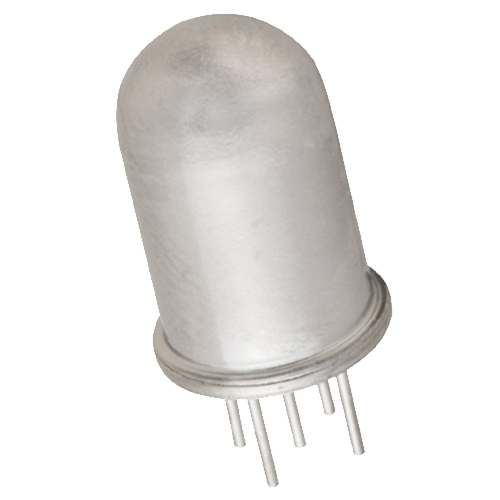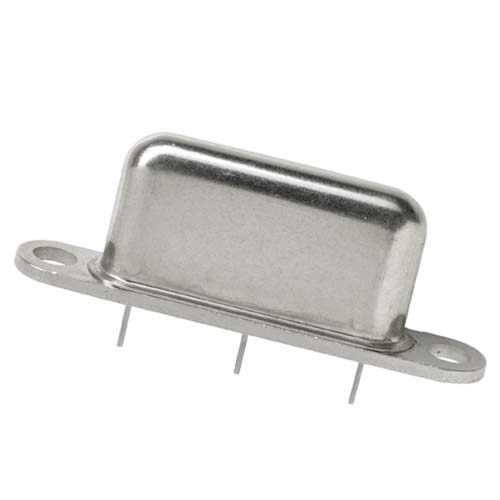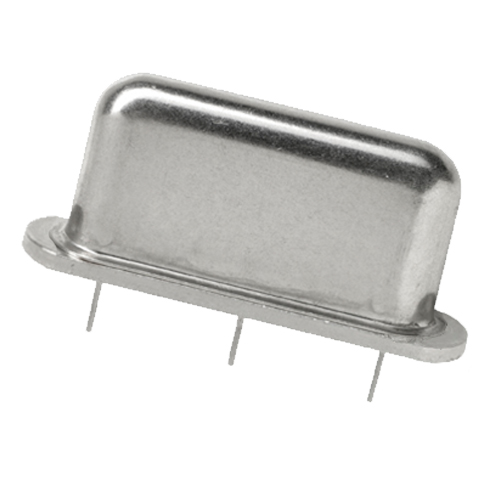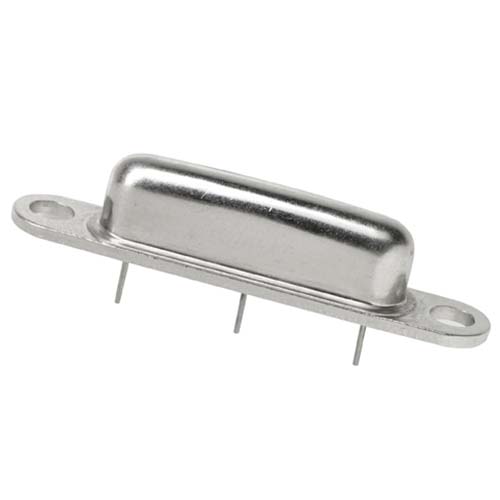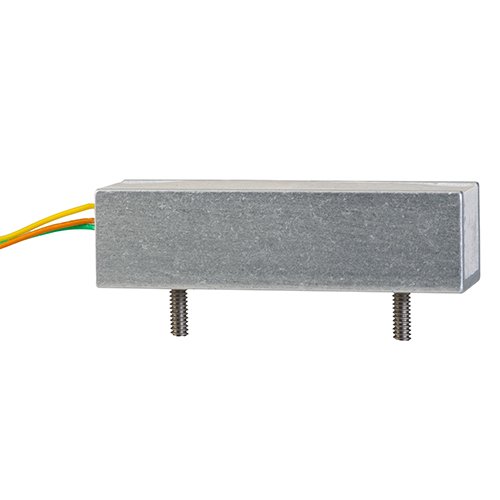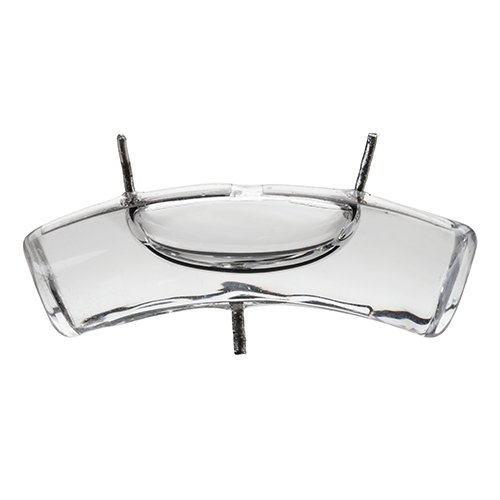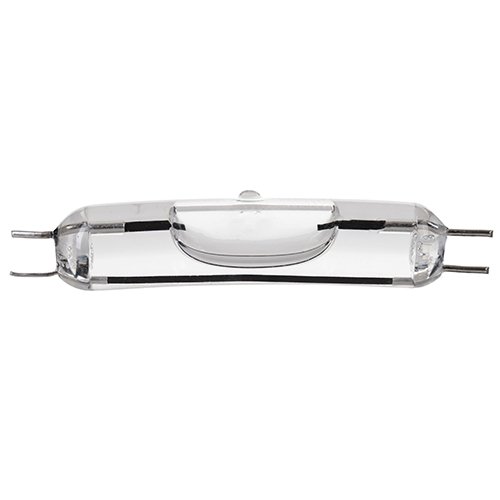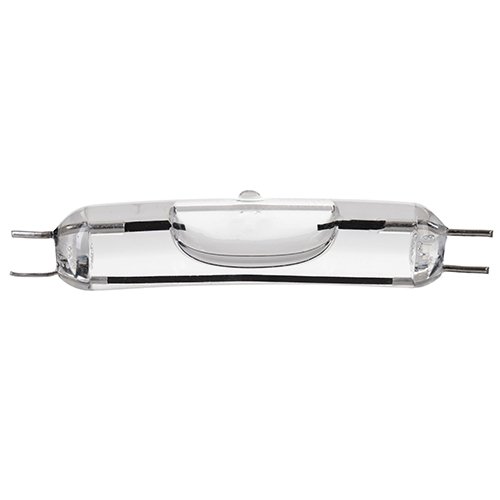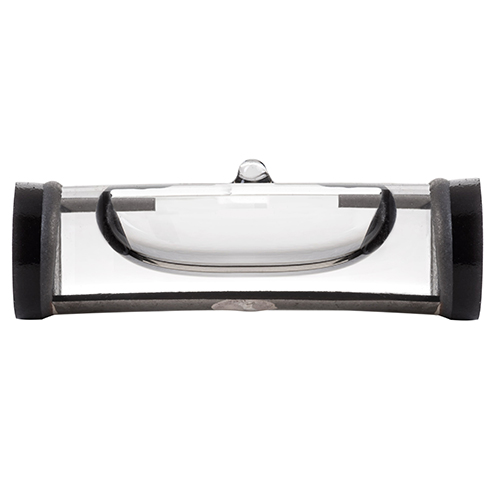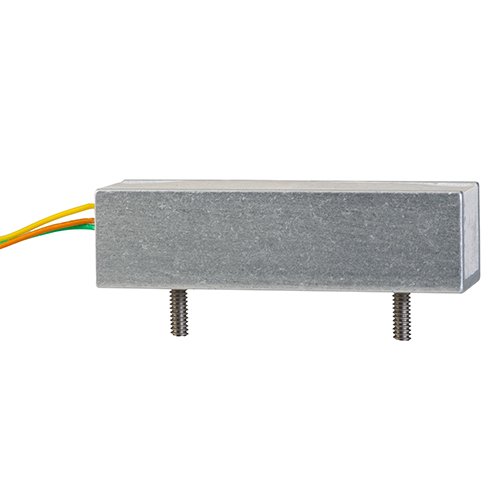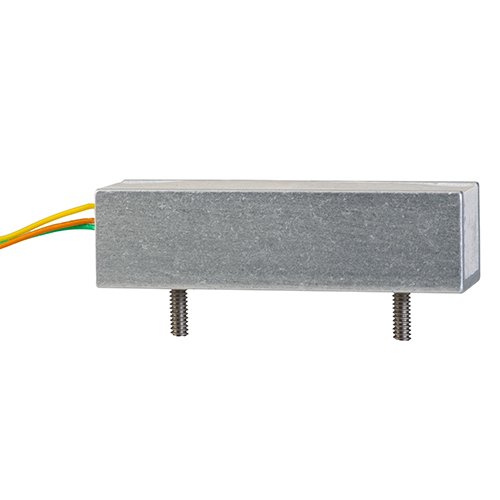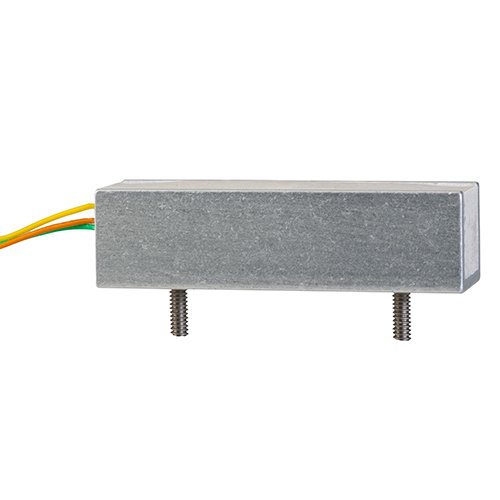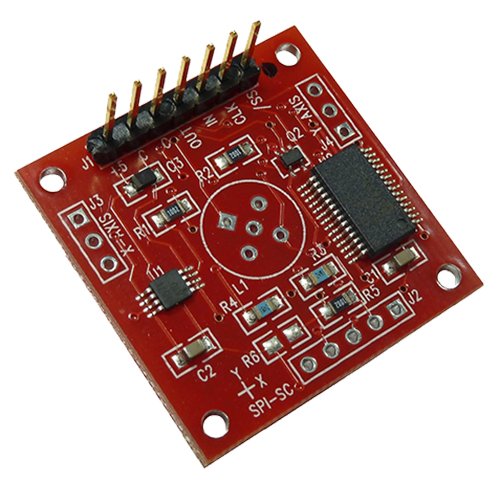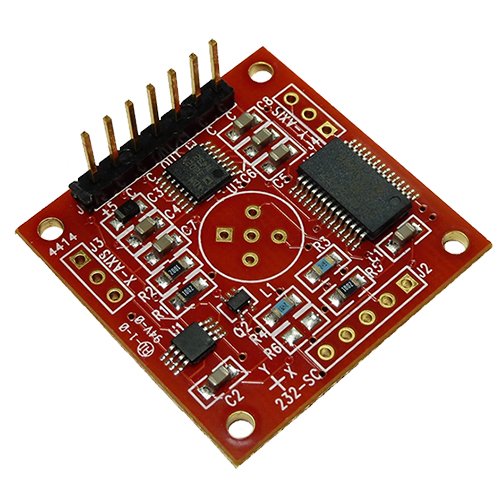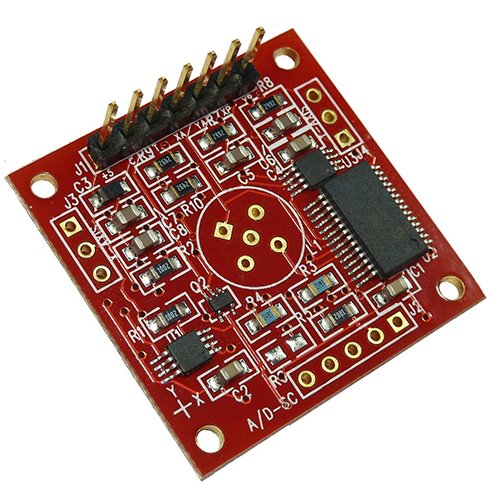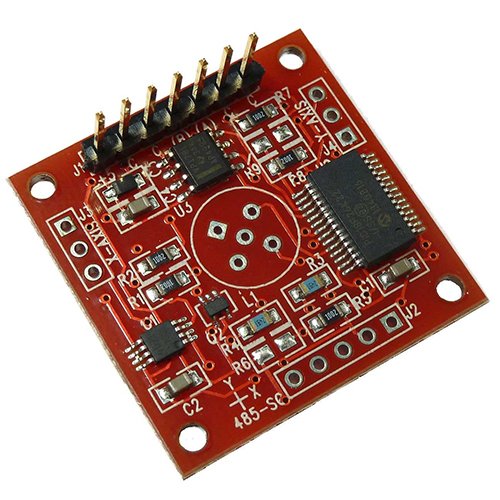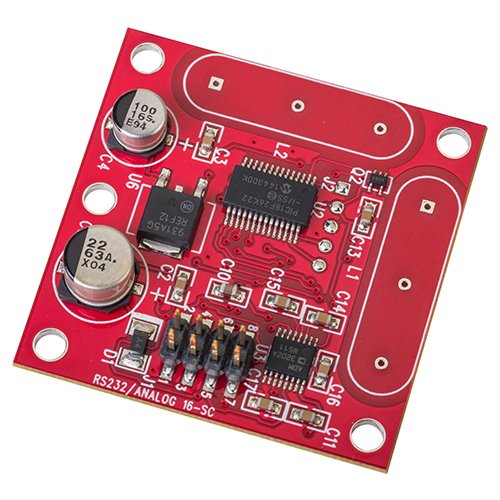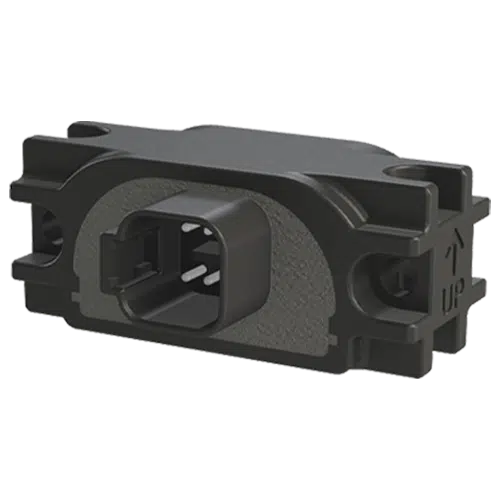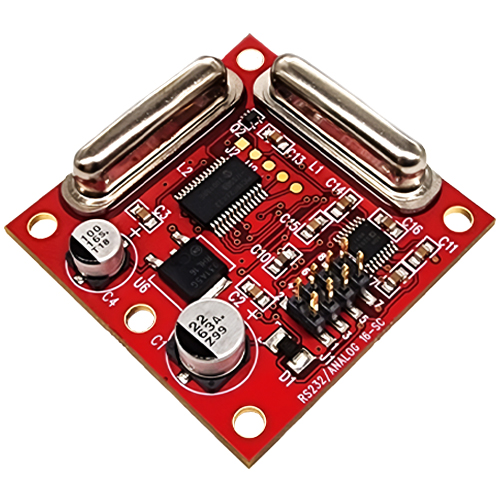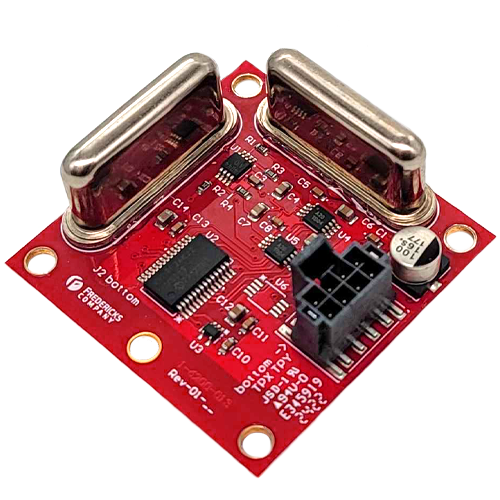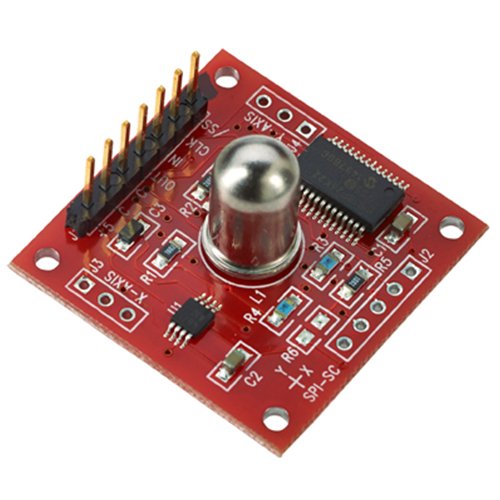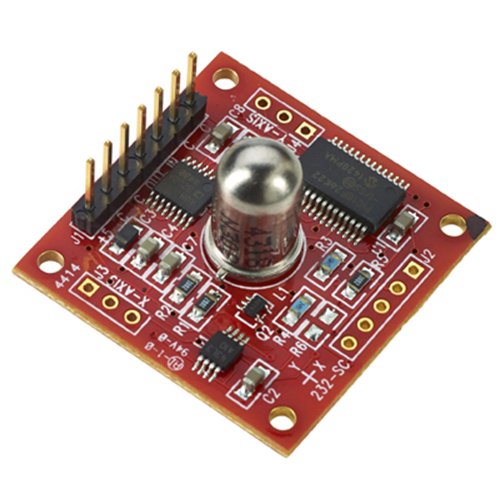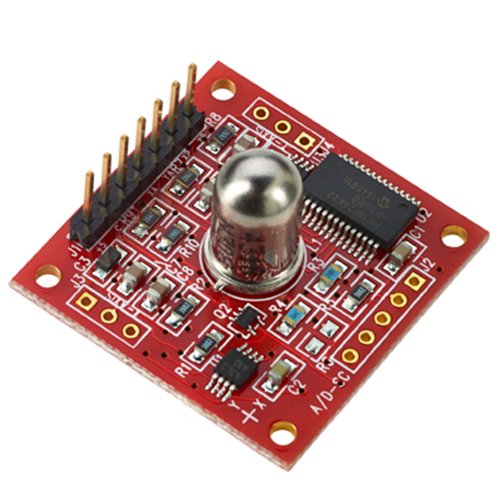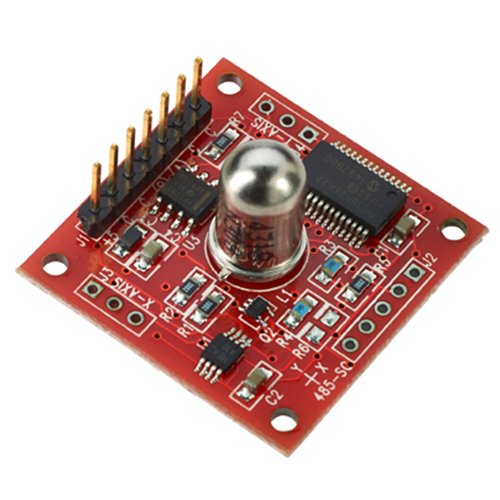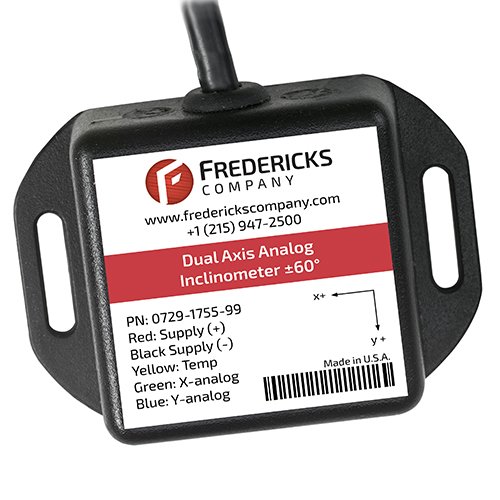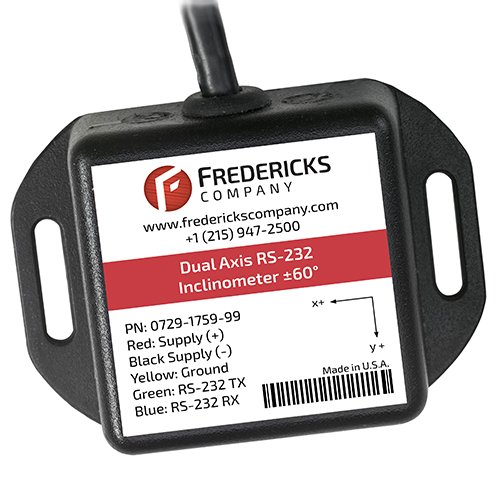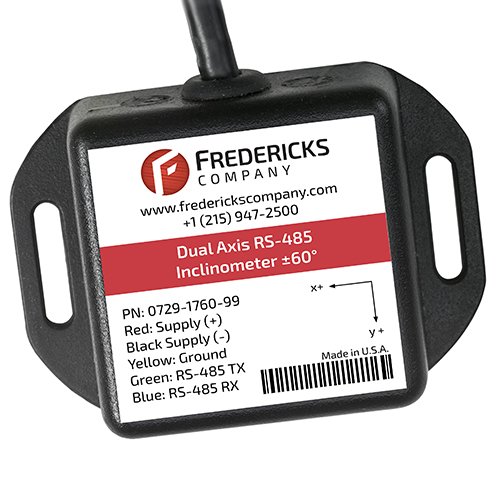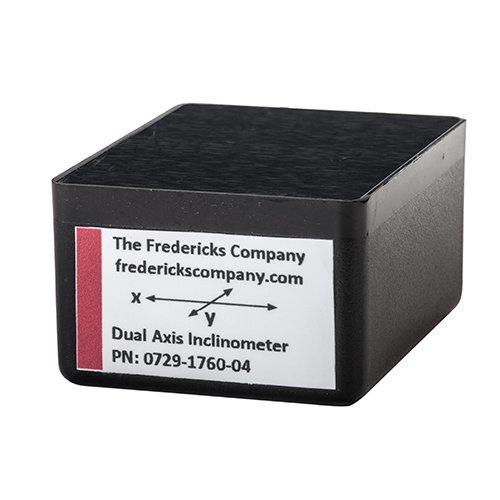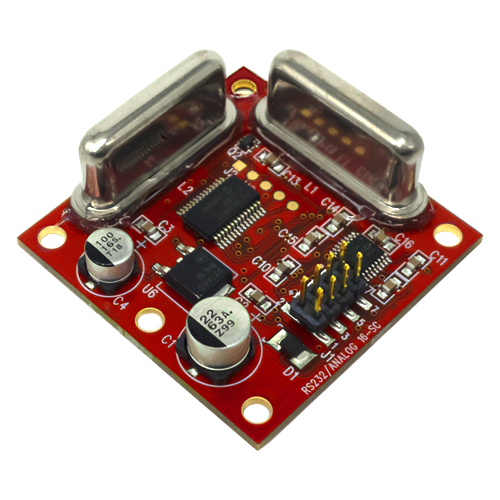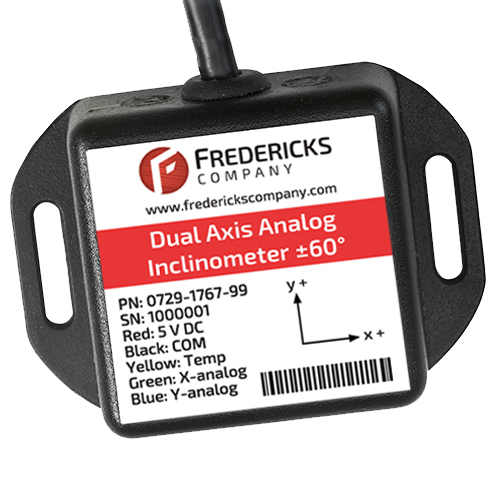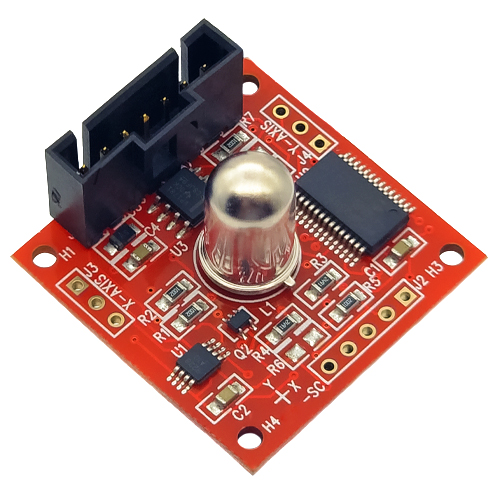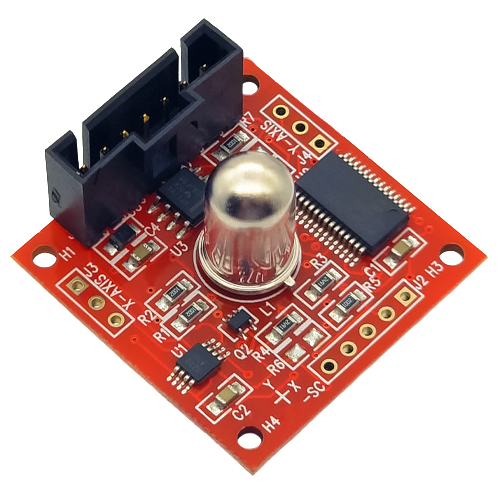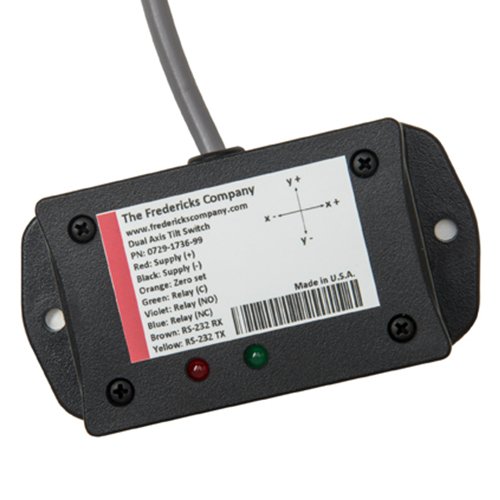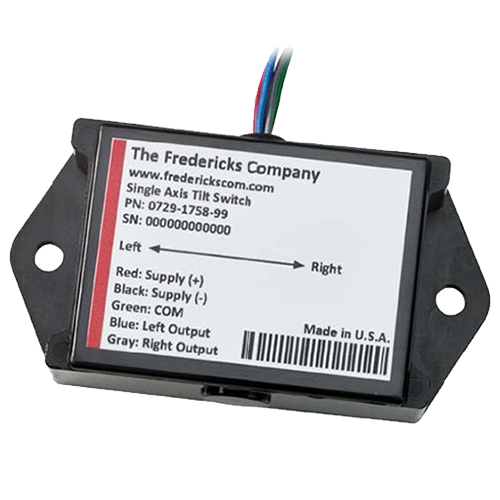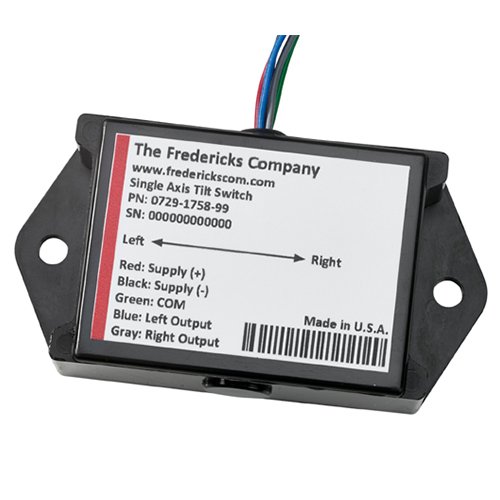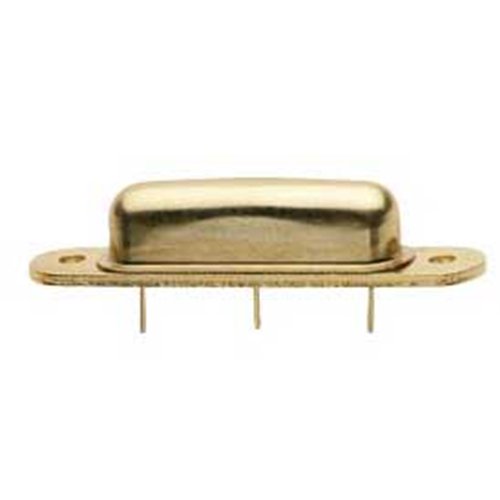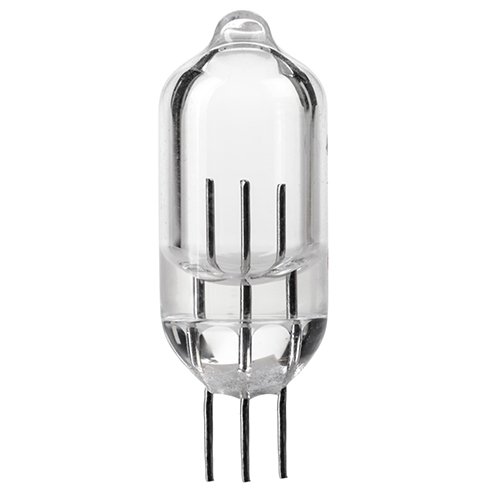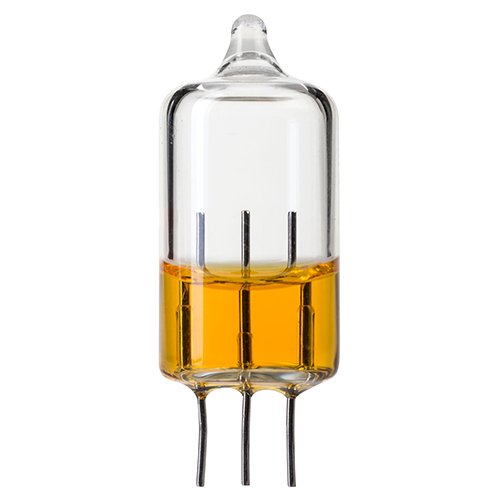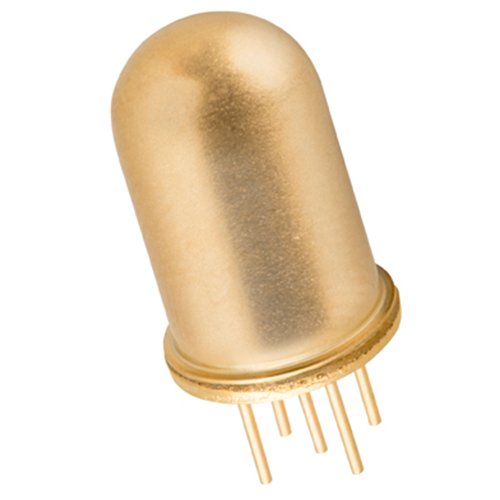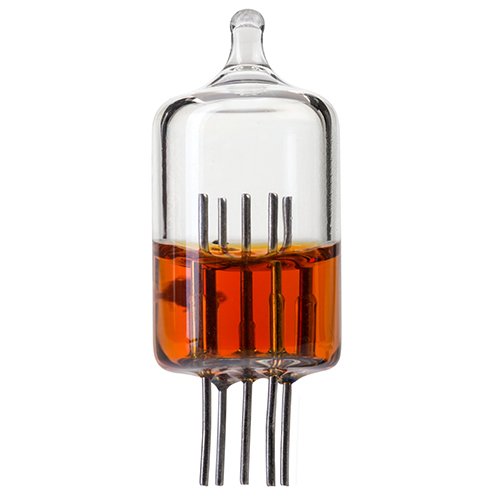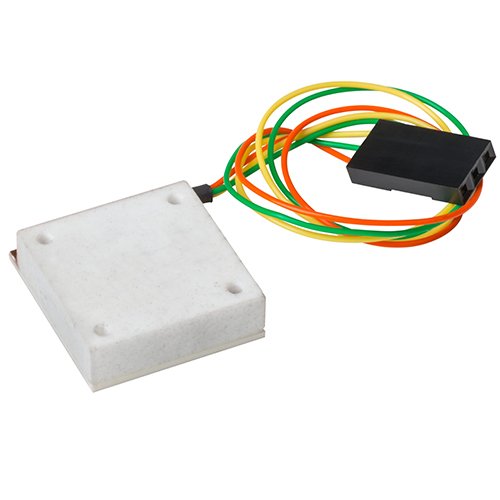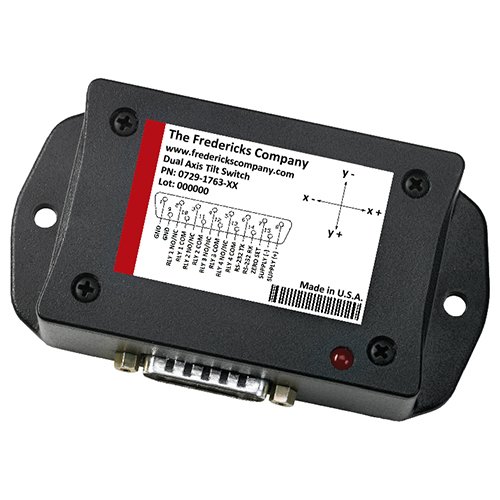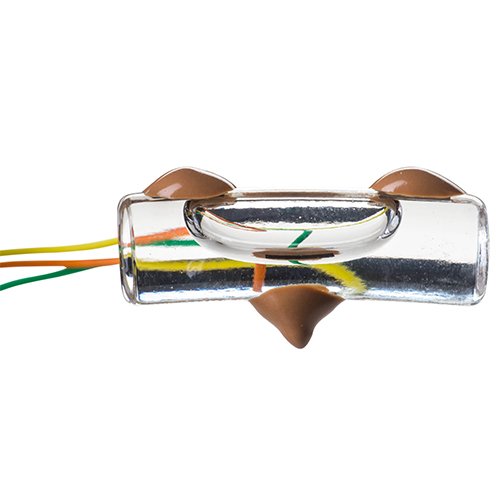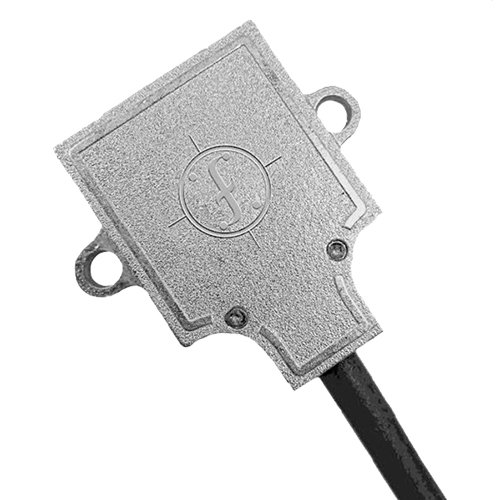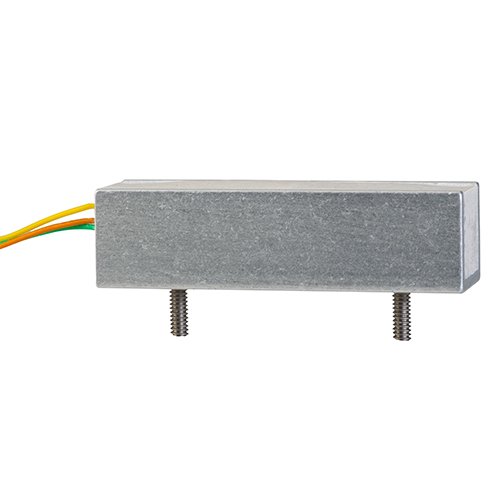The Fredericks Company is an industry leader in electrolytic tilt sensors for an innovative and proven method of measuring anywhere from ±60° down to ±0.5° with high accuracy ranging from ±0.1° (±360 arcseconds) to ±0.0003° (or ±1 arcsecond). Generally, as the range of a tilt sensor decreases, the accuracy increases, which can be seen by looking at our tilt measurement options below. Note that our highest accuracy and glass sensor solutions are typically higher cost, and we’re here to help with a cost-benefit analysis of specific solutions. Our tilt sensors are used in a wide variety of applications ranging from RV leveling and construction vehicle leveling to extremely high accuracy markets like geotechnical and structural health monitoring, and everything in between.
In addition to the tilt sensor component for board-level designs, we also offer complete electrolytic tilt sensor circuits, and electrolytic inclinometers that are environmentally sealed and designed for industrial and outdoor use. We have an engineering department with electrical, PCB layout, software/firmware, and mechanical design expertise, so we’ll work with you to build the ideal solution specific to your needs. A complete list of all of our tilt measurement solutions is below.
To learn more about the principles of electrolytic tilt sensing and how to integrate tilt sensors into your application, see our Technical Information page.
Wide Range Tilt Sensors
These electrolytic tilt sensors are designed to give wide range measurement up to ±60° with high accuracy from ±0.1° to ±0.05° in one or two axes. They're also the lowest cost sensors we offer.
All electrolytic sensors require an electrolytic tilt sensor circuit (also commonly referred to as signal conditioning or a signal conditioner) to provide a tilt angle output. This can be built into your system or you can purchase a circuit we’ve designed. Our circuits are optimized for the best performance from our sensors.
To learn more about the principles of electrolytic tilt sensors and how to integrate our sensors into your application, see our Technical Information page.
Mid-Range Tilt Sensors
These electrolytic tilt sensors are designed to give mid-range measurement up to ±25° with very high accuracy of at least ±0.005° in one axis. This means you’ll need two sensors to measure in two axes. These sensors are much less expensive than any of our glass solutions, but they're slightly more expensive than our wide-range sensors.
All electrolytic sensors require an electrolytic tilt sensor circuit (commonly referred to as signal conditioning or a signal conditioner) to provide an angle output. This circuit can be built into your system or you can purchase circuitry we’ve designed. Our circuits are optimized for the best performance from our sensors.
To learn more about the principles of electrolytic tilt sensors and how to integrate our sensors into your application, see our Technical Information page.
Narrow Range Tilt Sensors
These electrolytic tilt sensors are designed to give narrow range measurement up to ±3° with very high accuracy of at least ±0.001° in one axis. This means that you’ll need two sensors to measure in two axes. These sensors are slightly more expensive than our wide-range sensors, but comparable in cost to our mid-range sensors. They're also much less expensive than any of our glass solutions.
All electrolytic sensors require an electrolytic tilt sensor circuit (commonly referred to as signal conditioning or a signal conditioner) to provide a tilt output. This circuit can be built into your system or you can purchase circuitry we’ve designed. Our circuitry is optimized for the best performance from our sensors.
To learn more about the principles of electrolytic tilt sensors and how to integrate our sensors into your application, see our Technical Information page.
Glass Mid-Range
These electrolytic tilt sensors offer mid-range measurement of ±10° with extremely high accuracy of at least ±0.0005° in one axis. This means you’ll need two sensors to measure in two axes. These sensors are more expensive than any of our metal solutions because of their higher accuracy and glass design.
All electrolytic sensors require electrolytic tilt sensor circuits (commonly referred to as signal conditioning or signal conditioners) to provide an angle output. This circuit can be built into your system or you can purchase circuitry that we’ve designed that’s optimized for the best performance from our sensors.
To learn more about the principles of electrolytic tilt sensors and how to integrate tilt sensors into your application, see our Technical Information page.
Glass Narrow Range
These electrolytic tilt sensors are have narrow range measurement from ±3° to ±0.5° with extremely high accuracy of ±0.0008° to ±0.0001° in one axis. This means you’ll need two sensors to measure in two axes. These sensors are more expensive than any of our Fredericks metal solutions because of their higher accuracy and glass design.
All electrolytic sensors require electrolytic tilt sensor circuits (commonly referred to as signal conditioning or signal conditioners) to provide an angle output. This circuit can be built into your system or you can purchase circuitry that we’ve designed that’s optimized for the best performance from our sensors.
To learn more about the principles of electrolytic tilt sensors and how to integrate tilt sensors into your application, see our Technical Information page.
Signal Conditioners - Electrolytic Tilt Sensor Circuits
Electrolytic tilt sensors require a basic electrolytic tilt sensor circuit to generate a tilt angle output. These are often called signal conditioners, signal conditioning boards, or electronic tilt sensors. In most cases, our sensors can be mounted directly onto the PCB. These electrolytic tilt sensor circuits have many optional outputs including analog 0 to 5 V DC, RS-232/RS-485, PWM, and SPI communications.
Our electronic tilt sensors include convenient mounting holes and connectors allowing you to simply integrate our circuits into your designs. If you’d prefer to integrate our electrolytic tilt sensor circuit into your board-level design, we have an engineering department that can help! We have electrical, PCB layout, software/firmware, and mechanical design expertise, so we’ll work with you to build an electronic tilt sensor specific to your needs.
Electrolytic Inclinometer Sensors
The electrolytic versions of our analog and digital inclinometer sensors utilize our Fredericks electrolytic tilt sensors and electrolytic tilt sensor circuits are the lowest cost environmentally sealed (up to IP66) inclinometer sensors we offer with a measurement range up to ±60° and repeatability from ±0.1° to ±0.05° in one or two axes. These inclinometer sensors have plastic housings and have a cable with flying leads that can be customized with a connector you specify. Optional outputs for our inclinometer sensors include analog 0 to 5 V DC, RS-232, RS-485, and UART/TTL digital communications.
Tilt Switches
Our tilt switches (also referred to as a safety switch or tilt switch sensor module) are very similar to our inclinometers, but instead of a continuous output, tilt switches have a discrete on/off output from either a relay or an open collector. The angle where the tilt switch output changes can be set to specific ranges in one or two axes, up to ±45° tilt. These tilt switches come in plastic or metal housings, environmentally sealed up to IP66, with a cable and flying leads that can be customized with almost any connector you specify. The trip angle can be set by us at the factory or set and reset by you in the field.
The nature of the relay and open collector outputs make these units ideal for various tilt switch applications like construction vehicles and agricultural vehicles. More specific tilt switch applications include boom lifts, scissor lifts, and agricultural sprayers.
To learn more about the principles of tilt sensing and how to integrate tilt switch sensor modules into your application, see our Technical Information page.






